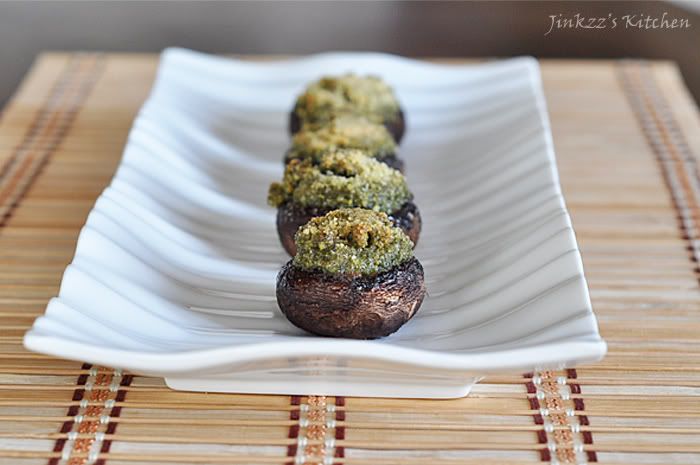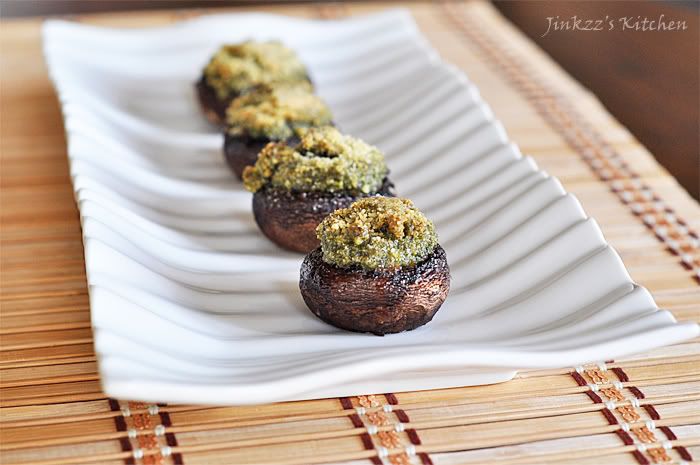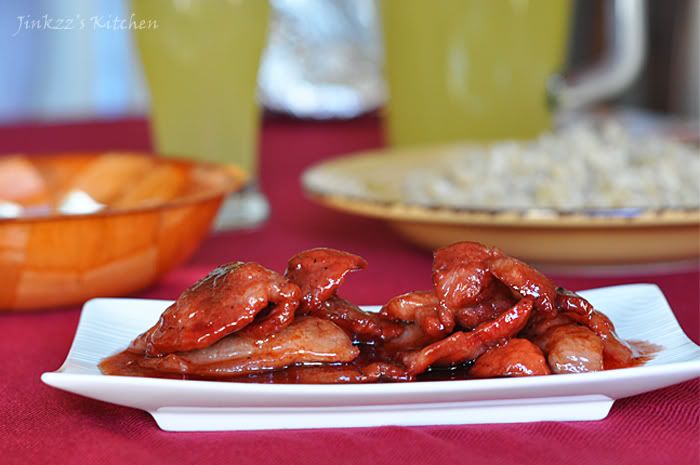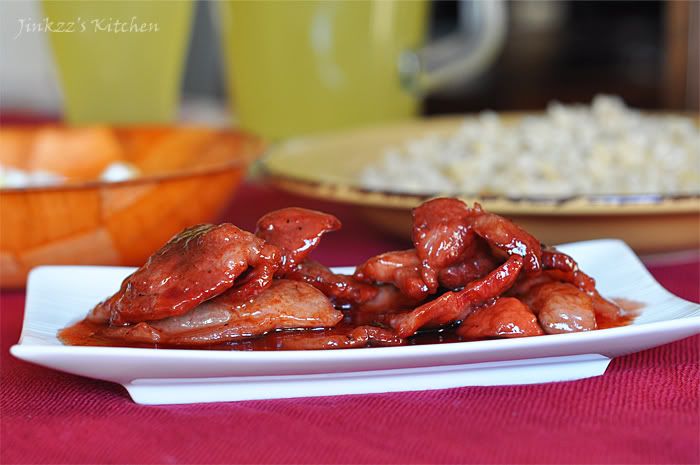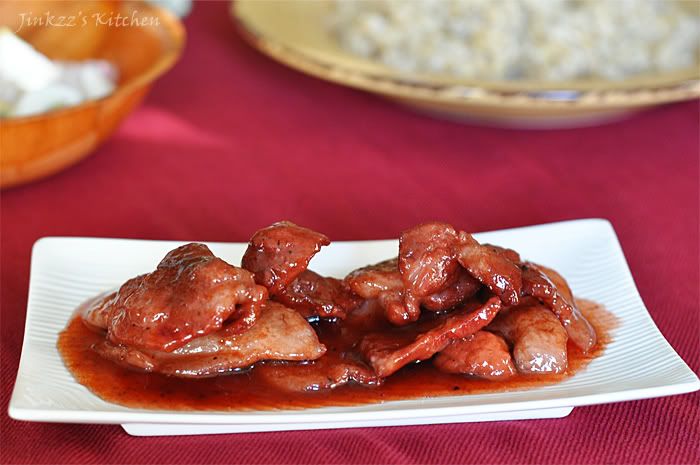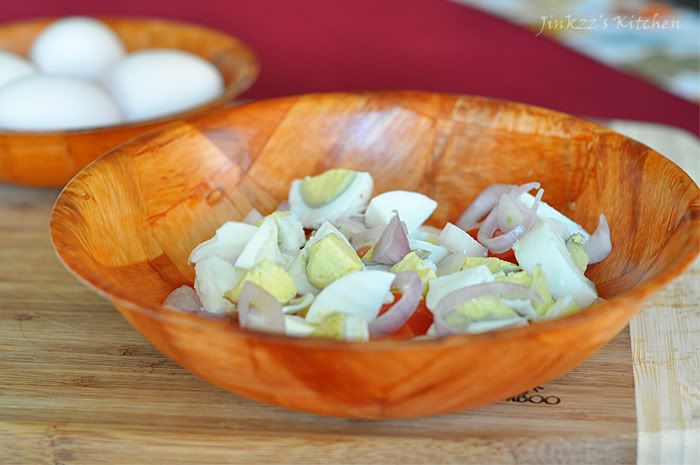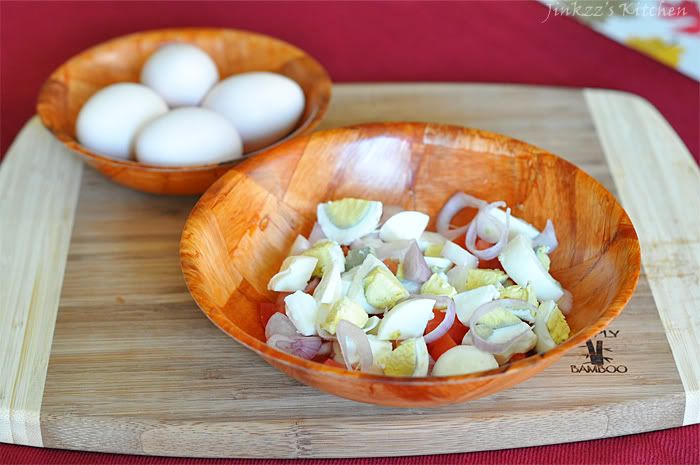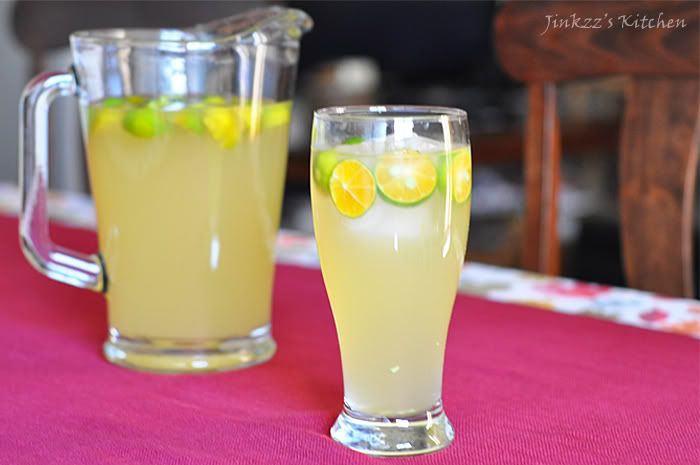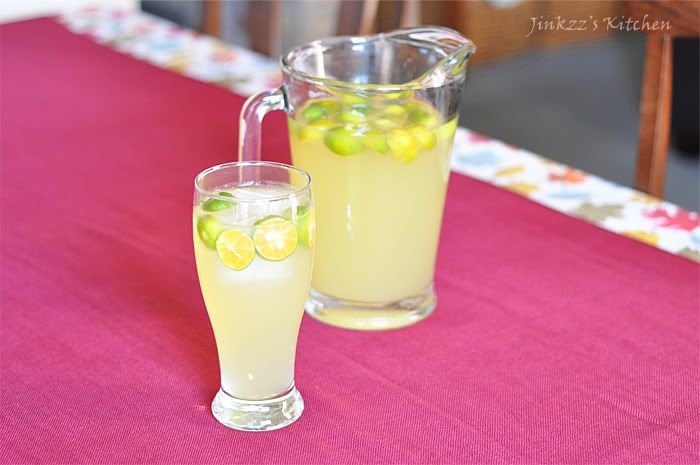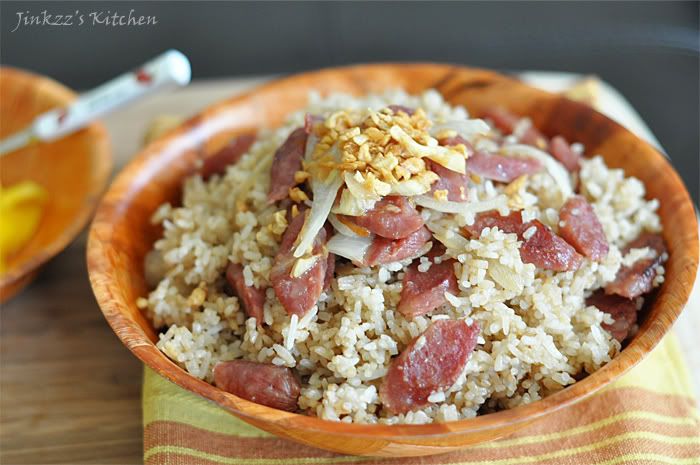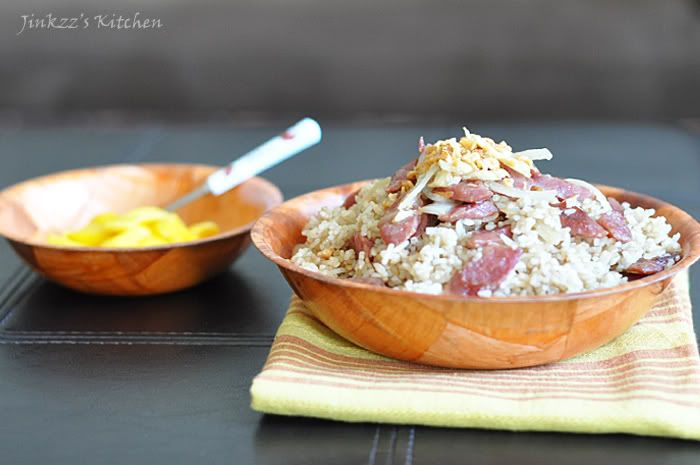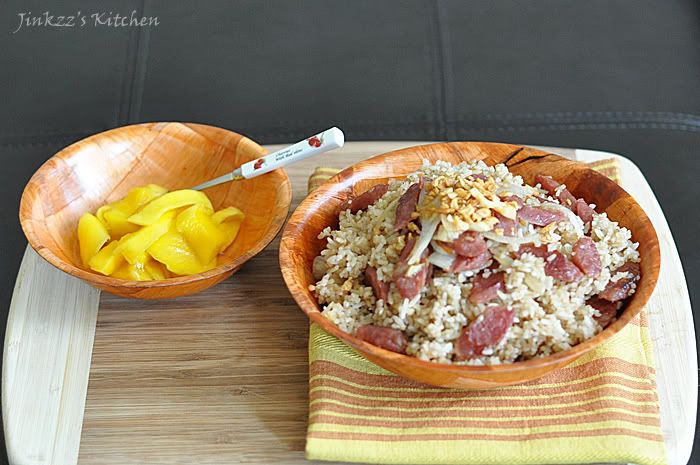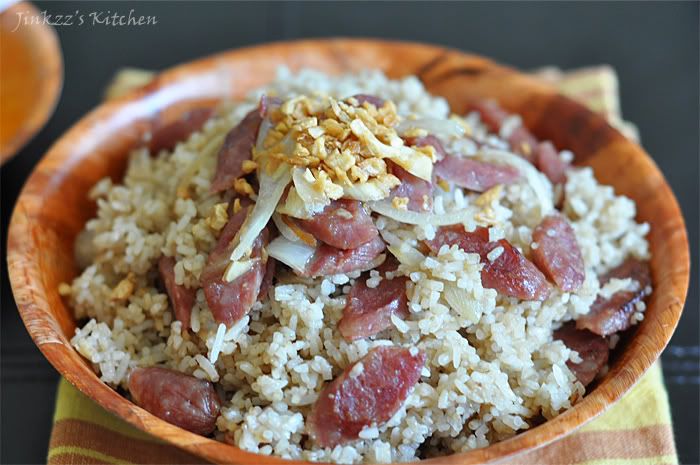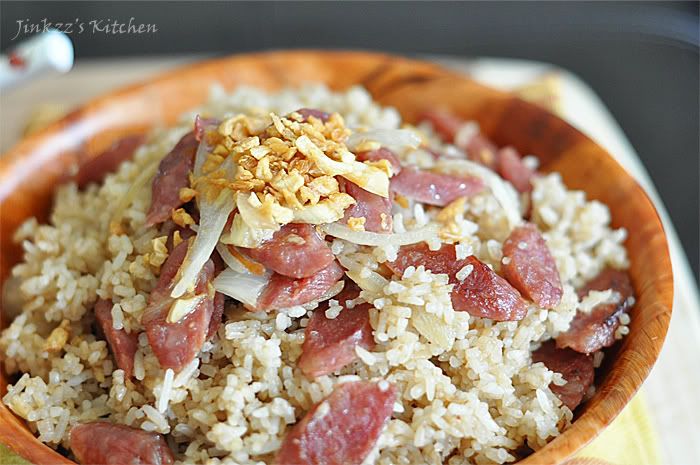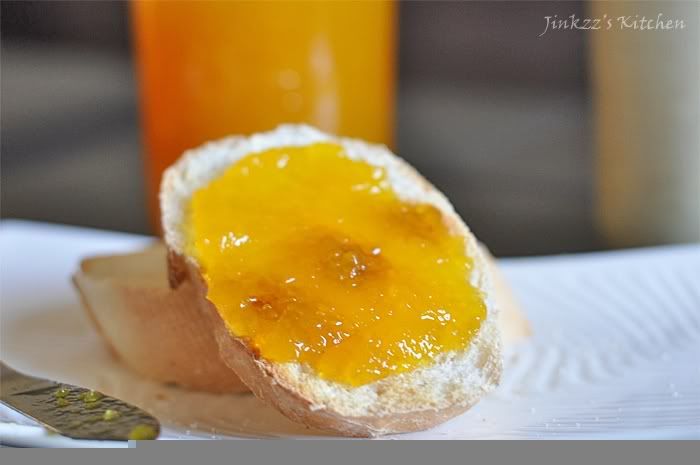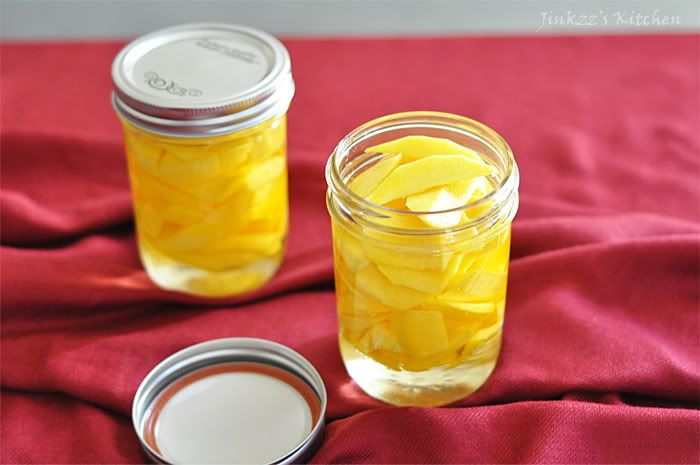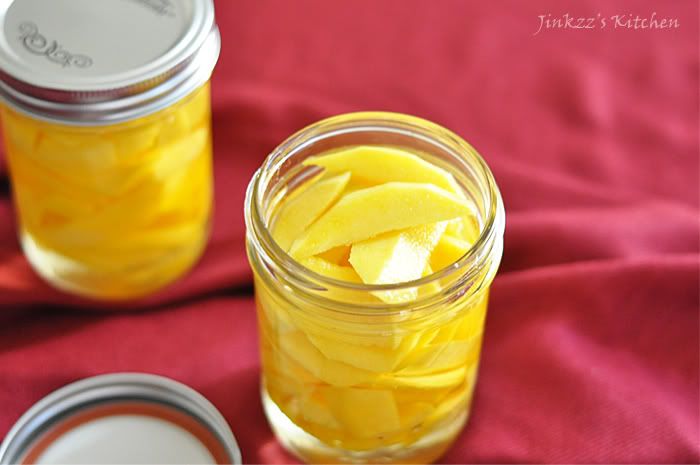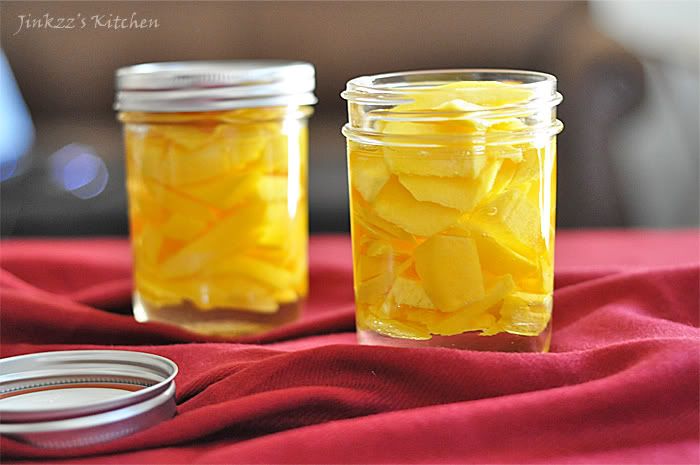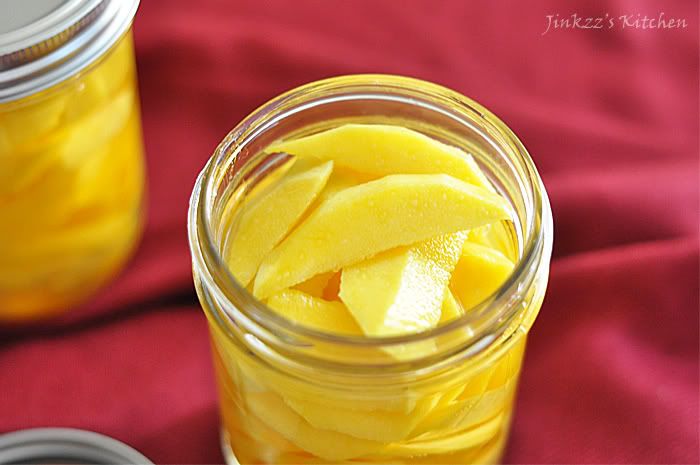
Chicken inasal is the quintessential Bacolod food that I can probably eat every single day when I am in Bacolod. There is just something about it that brings back tons of memories. The best chicken inasal,in my opinion, are those that are served at Manokan Country in reclamation area which is now fronting SM Mall. Ahhh...chicken inasal with kalamansi and soy sauce as sawsawan and eaten with rice that has been sprinkled with annatto oil and a little salt....yummy... especially if you eat it with your bare hands.

Bacolod-style chicken inasal is slightly unique from chicken barbeque found in other parts of the Philippines in the sense that it does not have any soy sauce in its marinade. Instead, the marinade is usually made up of 7-up, vinegar, salt, pepper, garlic, and lemon grass. The basting liquid is also unique as it uses annatto seeds, butter, and oil. The annatto seeds lends the dish its characteristic yellowish hue or coloring. One thing though that makes chicken inasal that are found in Bacolod better and cannot be replicated here in the States is the fact that they use native chickens. Native chicken are a lot less leaner than those that are sold in the regular US supermarket but despite its lean flesh, the taste is unparalled in the sense that it is a lot tastier than its plumpier American counterpart. Having said that, this recipe is as close as I can get to a Bacolod-Style chicken inasal without having to jump on the plane and spend caboodles of money everytime the craving for chicken inasal hits me :)
Ingredients:
2 chicken leg quarters
1 whole chicken breast, cut into half
4 bamboo skewers.
Marinade:
1 cup sugarcane vinegar
1 1/2 cups 7-up (or sprite, if you prefer)
2 inch sized ginger, peeled and sliced thinly
3-4 stalks of lemongrass (leaves and stalks), cut into 5-6 inches length then bruised using the back of a knife
3-4 cloves garlic, peeled and chopped finely
1/2 cup freshly squeezed Kalamansi (Philippine lime)juice
sea salt and ground white pepper, according to taste
1. Make several deep cuts into the chicken meat to ensure even marination.
2. Combine all the ingredients for marinade in a non-reactive container then add chicken.
3. Marinate for a minimum of an hour or overnight. Turn the meat over several times during the marination process.
4. When ready to cook, turn on the grill or preheat the broiler to high.
5. Soak the bamboo skewers in a pan of water for at least 15 minutes or more.
6. Skewer the chicken meat and baste with annatto oil basting liquid.
7. Place skewered chicken in the grill or broiler. Make sure you keep an eye on it to prevent meat from burning. Baste with basting liquid several times during the cooking process to prevent meat from drying out.
8. When one side is done, turn the other side over and cook until slightly golden in color, or until the internal temperature of the thickest part of the chicken meat reaches about 165F.
9. Remove from heat, let it cool slightly before serving. Place in a serving plate and serve with kalamansi-soy sauce dipping sauce

Basting liquid:
1/2 cups cooking oil
3 Tbsp butter (or less if you prefer)
salt, according to taste
2 Tbsp annatto seeds
1. Heat oil in asauce pan over medium heat.
2. Add butter until melted.
3. Add annatto seeds and stir until color is extracted (about 5 minutes).
4. Add salt according to taste and then remove from heat. Let it cool and transfer to a covered container and store until ready to use.
5. Use this to baste chicken inasal while cooking.
Dipping Sauce:
1 Tbsp Kalamansi juice
3-4 Tbsp soy sauce
1/2 Tsp spiced vinegar, optional
1. Combine all ingredients. Set aside until ready to use.
*** you may adjust the proportion according to your preference.



